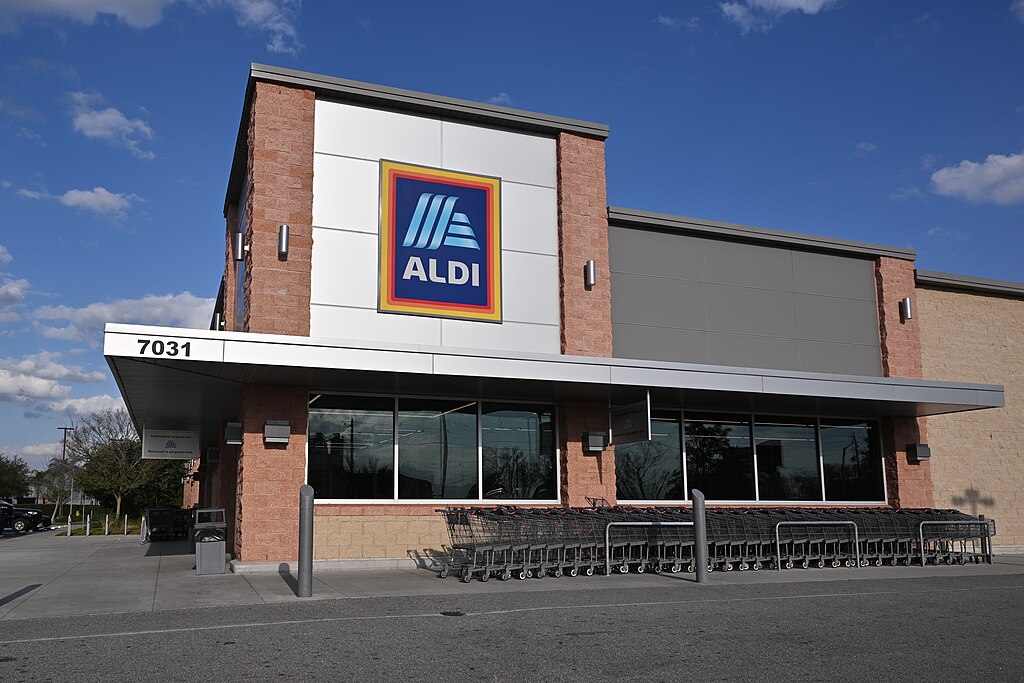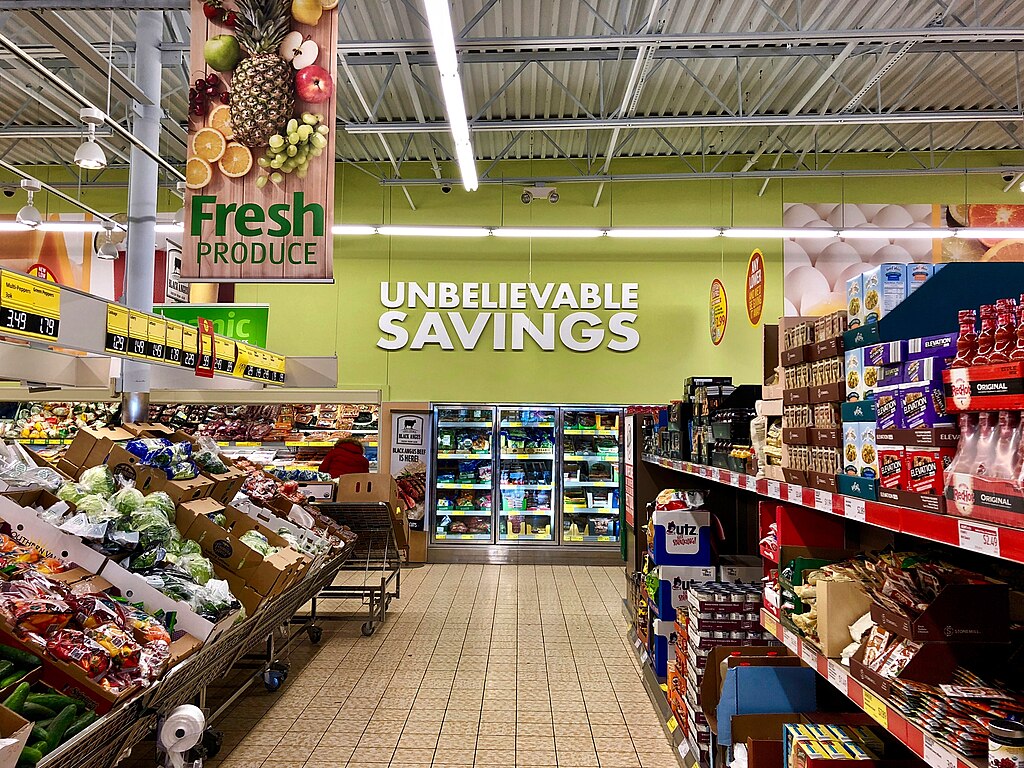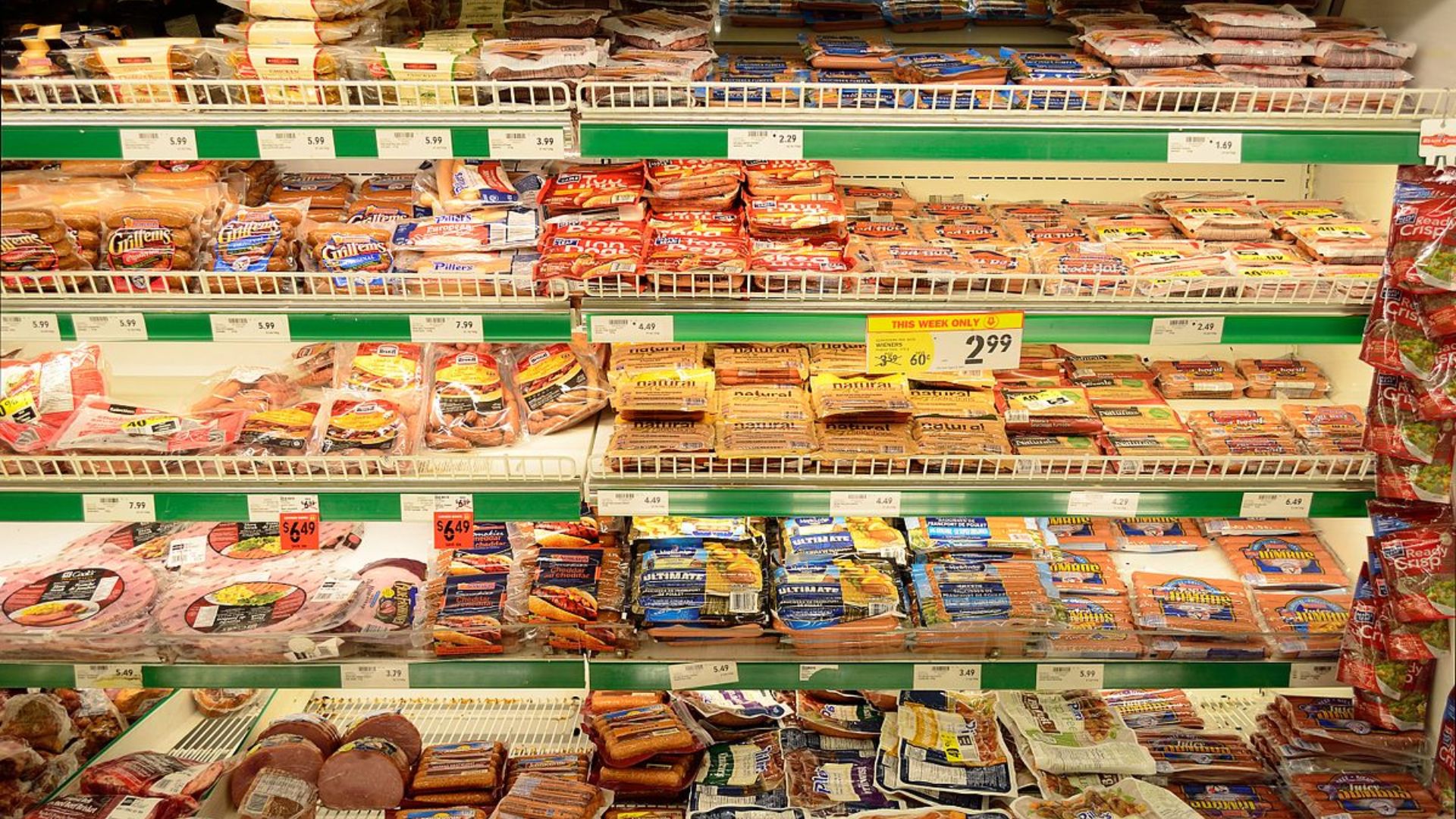28% of High-Income Consumers Now Shop at Discount Grocery Stores


A recent analysis revealed that more affluent customers are shopping at discount grocery stores than ever before. This behavior shift marks a narrowing gap between income classes when it comes to retail habits and economic challenges.
Wealthy Shop Discount

Data from GlobalData Retail shows that nearly 28% of high-income households now shop at discount chains like Aldi and Dollar General. This is a stark increase from about 20% just four years ago.
Why the Shift?

Many experts point to inflation as the leading cause for this retail shift. As prices on everyday essentials rise, more consumers, regardless of earnings, are rethinking where they shop. Retail analysts note that even consumers with higher budgets are “stretching their dollars”.
Changing Expectations

Discount stores have also improved their offerings. Many of which now feature more efficient store design, higher-end brand assortments, more variety, and cleaner aesthetics. Retailers like Walmart and Aldi are upgrading their stores and expanding product lines to attract shoppers used to premium shopping experiences. As the “stigma” of discount shopping fades, more consumers feel comfortable making the change in where they shop.
Middle and Lower Class Changes Too

It’s not just high-income households changing their habits. Middle- and lower-income consumers are also increasing discount store usage. The number of middle-income households shopping at value chains has risen significantly in recent years. The trend shows that discount stores are becoming more of a common ground across income levels.
Impact on Retailers

Traditional mid-price and premium retailers may now be forced to find a way to make themselves desirable amid the rise of discount grocers. Retailers will have to rethink pricing strategies, loyalty programs, and store experiences to remain competitive across a more fluid consumer base.
Economic Signal

When people who aren’t struggling begin changing habits, it suggests broader financial concern in the economy. Economists will be watching carefully to see whether this leads to reduced spending in premium sectors, credit stress, or changes in savings.
Gen Z and Millennials Make the Switch

Younger consumers, especially millennials and Gen Z, appear most comfortable mixing discount and premium retailers. They are less interested in brand prestige and more motivated by value, experience, and convenience.
Future Trends

Retailers will likely double down on value messaging and pricing models, combining discount and mid-tier offerings. Personalization, loyalty discounts, and convenience may help retain shoppers who now wobble between price points.
Conclusion

The line that once separated “discount shopper” from “upscale consumer” is blurring. As wealthy households increasingly turn to value retailers, the future of retail rests on flexibility, perception, and adaptation.
